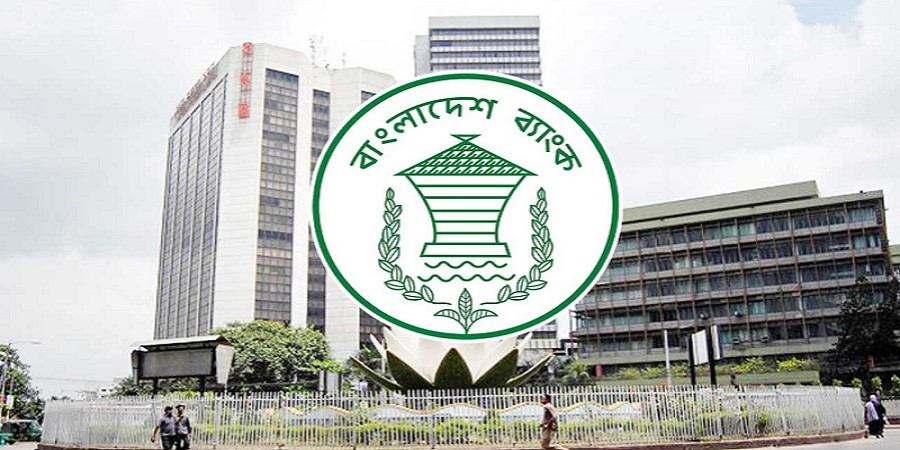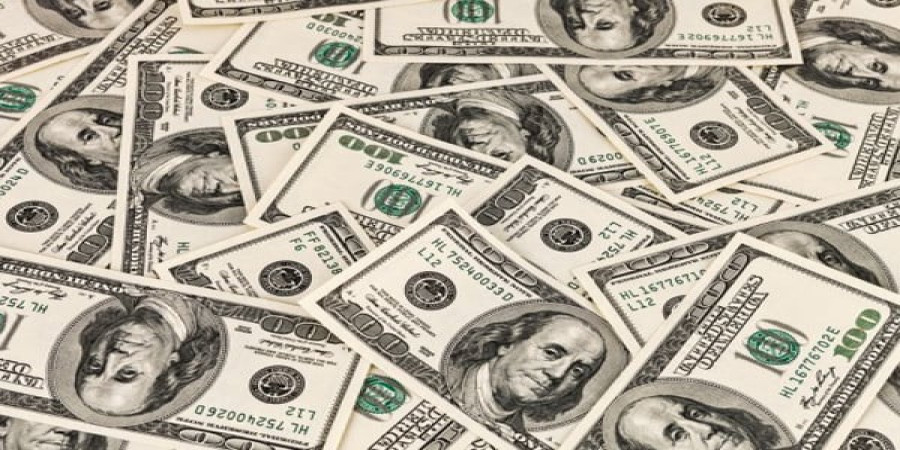
ছবি: Photo: Collected
Bangladesh's total foreign exchange reserves have edged closer to the $27 billion mark, according to the latest data released by the Bangladesh Bank. As of April 17, 2025, the gross reserves stood at $26.73 billion, reflecting a gradual increase in the country’s reserve position.
However, when measured using the International Monetary Fund's (IMF) Balance of Payments and International Investment Position Manual, sixth edition (BPM6), which is a more conservative method of calculating usable reserves, the figure is significantly lower. Under this method, the country’s reserves are reported at $21.39 billion.
The central bank released its updated report on Sunday, April 20, highlighting the dual figures. The BPM6 method, as followed by the IMF, excludes various encumbered or non-liquid assets, such as those tied up in loan guarantees or invested in long-term instruments, thereby presenting a more accurate picture of readily available reserves.
This distinction between gross and net usable reserves has gained importance in recent years, especially in the context of IMF loan conditions, financial transparency, and economic resilience assessments. Bangladesh, like many other countries seeking IMF support or undergoing review, is required to maintain and report reserve data using the BPM6 standard.
The rise in gross reserves is being seen as a positive sign for the country's macroeconomic stability, especially amid external pressures and currency volatility in recent months. Analysts believe that the increase could be attributed to a combination of higher remittance inflows, controlled imports, and support from external financing sources. However, the difference between the gross and BPM6-based reserves underscores the importance of closely monitoring the liquidity and quality of reserve assets.
The current reserve position is crucial for managing the country’s external obligations, including payments for imports and debt servicing. It also plays a key role in maintaining investor confidence, managing currency fluctuations, and stabilizing the overall financial system.
As Bangladesh continues to navigate global economic uncertainties, the central bank is expected to focus on enhancing the efficiency of foreign reserve management, boosting exports, and encouraging more formal remittance channels to ensure a healthier and more sustainable reserve buffer.
repoter






